Panama held a pivotal position between two oceans, the Pacific and Atlantic, and was also a land bridge connecting North and South America. With the presence of Bank of Credit and Commerce International (BCCI) on both continents, and BCCI’s branch network elsewhere, a presence in Panama was key to handling a share of an enormous volume of international trade business.
Country information
Panama, officially the Republic of Panama, a country in Central America, was strategically located on the Isthmus of Panama, the narrow land bridge between Colombia and Costa Rica that connected North and South America, and controlled the Panama Canal and linked the North Atlantic Ocean via Caribbean Sea with the North Pacific Ocean.
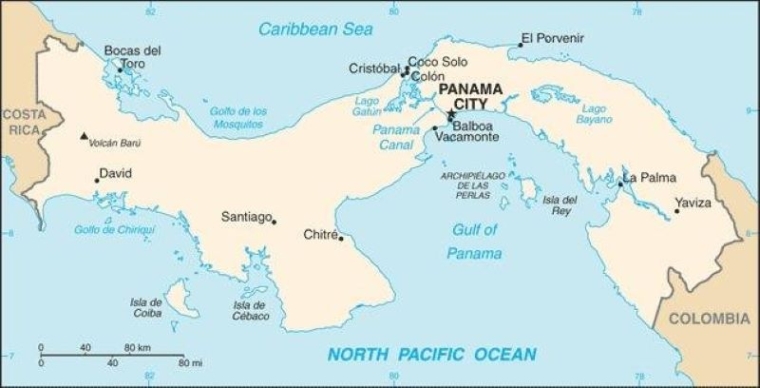
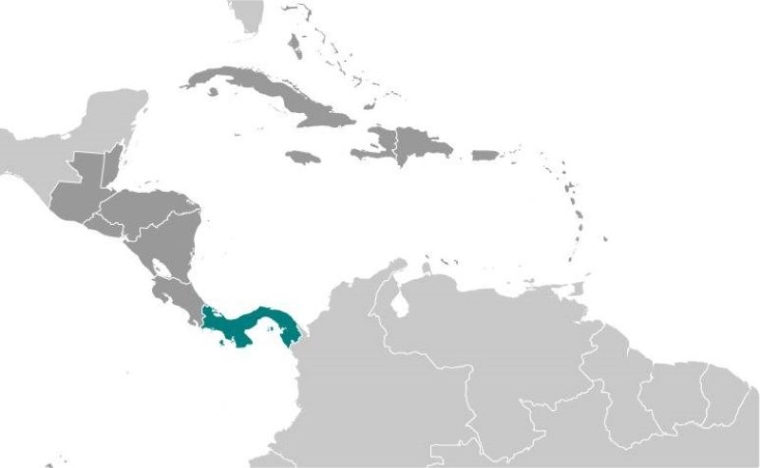
Panama City, originally a fishing village of the native Indians, was the capital of Panama situated on the Pacific coast, that developed and expanded rapidly with the construction of the Panama Canal (1904 – 14).
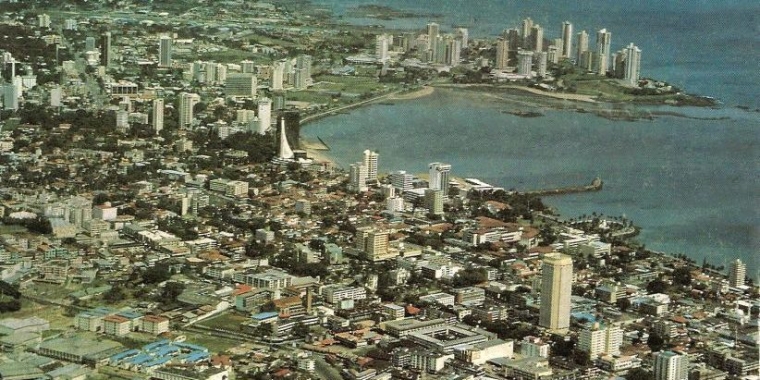
Panama City was the largest and principal urban centre of the country, and also a major financial centre and a hub for international trade.
On the Atlantic Coast, about fifty miles north of Panama City, was Colon, best known for its Free Zone and one of the most effective distribution channels for accessing Latin American and Caribbean markets.
History
The Indigenous peoples of Panama were the native Indians.
Panama became the first colony of Spain on the Pacific in the 1500s. It served as the staging point for the Spanish conquest of the Inca empire famed for its gold treasures, and a major transhipment point for gold and silver to Spain. The Isthmus of Panama was also an important commercial centre for Spain’s colonies in South America.
Panama broke with Spain in 1821 and joined a union of Colombia, Ecua-dor, and Venezuela - named the Republic of Gran Colombia. When the latter dissolved in 1830, Panama remained part of Colombia.
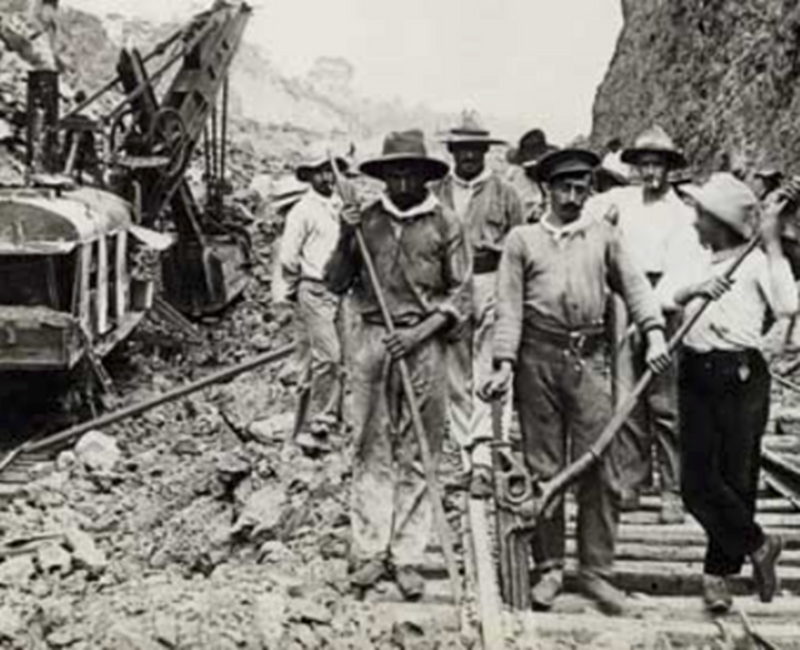
Spanish colonisation, cattle ranching, gold mining, and banana plantations, had reduced the indigenous peoples because of abuse as slave labour and disease.
The Spanish brought slaves from Africa, mostly from Liberia, Ghana, Guinea Bissau, Cameroon, Congo and Angola, and forced to work and maintain the ships and the port. They were later used to transport goods across the Isthmus, as well as to load and unload the ships and work in the gold mines.

Later, descendants of African slaves in the Caribbean came to work in commercial agricultural enterprises and on construction projects in Panama. This included the construction of the trans-Isthmus Panama railroad in 1846, and the Panama Canal, completed in 1914 and a feat in engineering and a milestone in shipping and international trade.
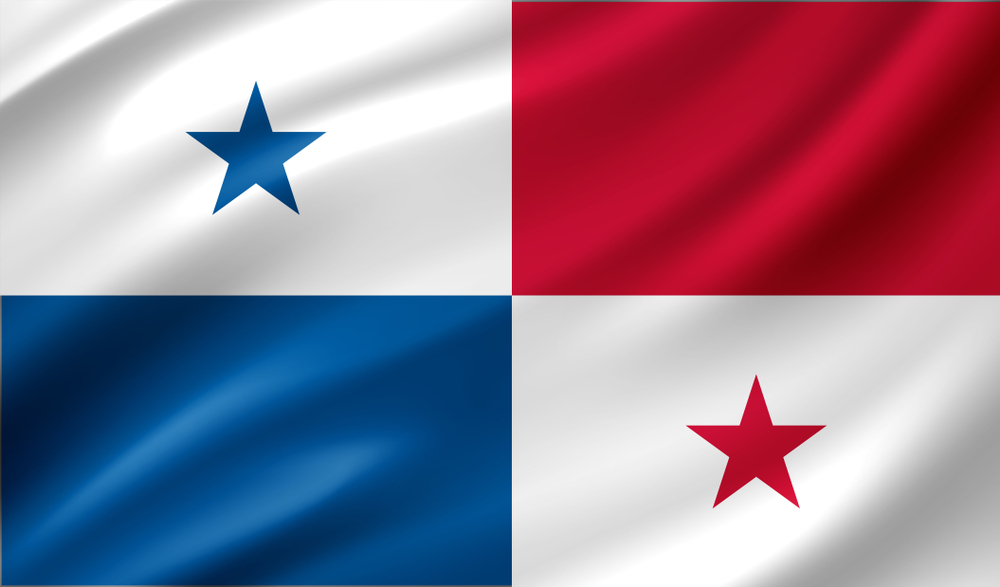 With the backing of the USA, Panama seceded from Colombia in 1903 and immediately signed a treaty allowing for the USA to construct a canal and have sovereignty over a strip of land on either side of the structure (the Panama Canal Zone). In 1977, under an agreement signed by the USA, the Canal and its military bases were to be transferred to Panama by the end of the century.
With the backing of the USA, Panama seceded from Colombia in 1903 and immediately signed a treaty allowing for the USA to construct a canal and have sovereignty over a strip of land on either side of the structure (the Panama Canal Zone). In 1977, under an agreement signed by the USA, the Canal and its military bases were to be transferred to Panama by the end of the century.
In 1989 General Manuel Noriega, the de facto leader of Panama was de-posed and removed to face trial in the USA, over the alleged use of the country as a centre for drug trafficking.
Population and language
Panama was a multiracial and cosmopolitan country. Its inhabitants were mainly a mixture of Spanish, African, American and Chinese descendants, as well as native Indians.
The population of Panama in 1981 was around two million, the year that Bank of Credit and Commerce International (BCCI) opened its first branch in the country.
Spanish was the official language.
Several languages were spoken by the indigenous peoples, and a sizeable number, mainly in Panama City, the centre of international trade and banking, used English as well.
Economy and foreign trade
Panama was one of the fastest growing economies in Latin America and the enlarged by the creation of an international banking centre and Colon free trade zone, and substantial income generated by the Canal.

Foreign trade in 1981:
Main exports: bananas, sugar, coffee, oil products.
Main imports: crude oil, chemicals, foodstuffs

